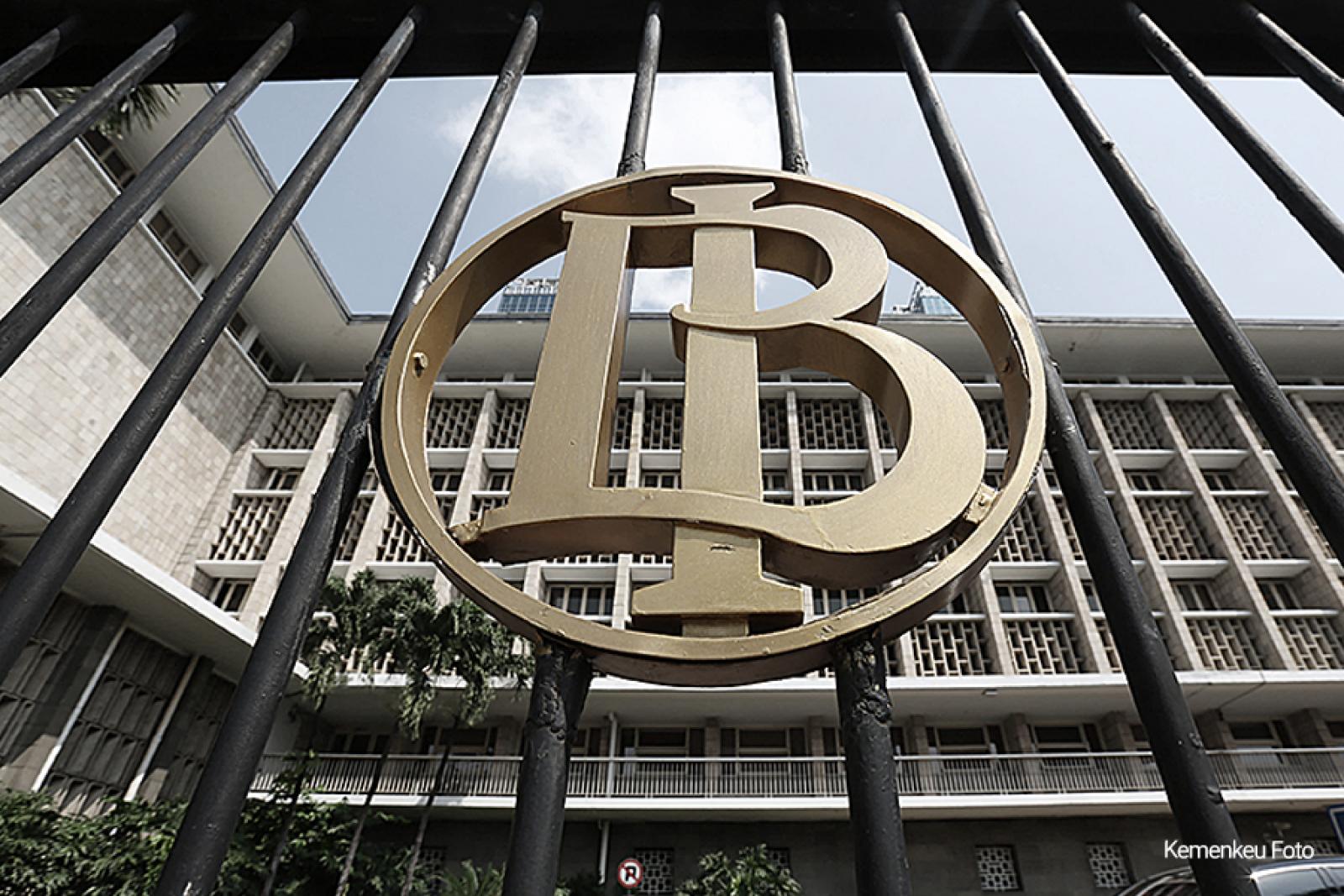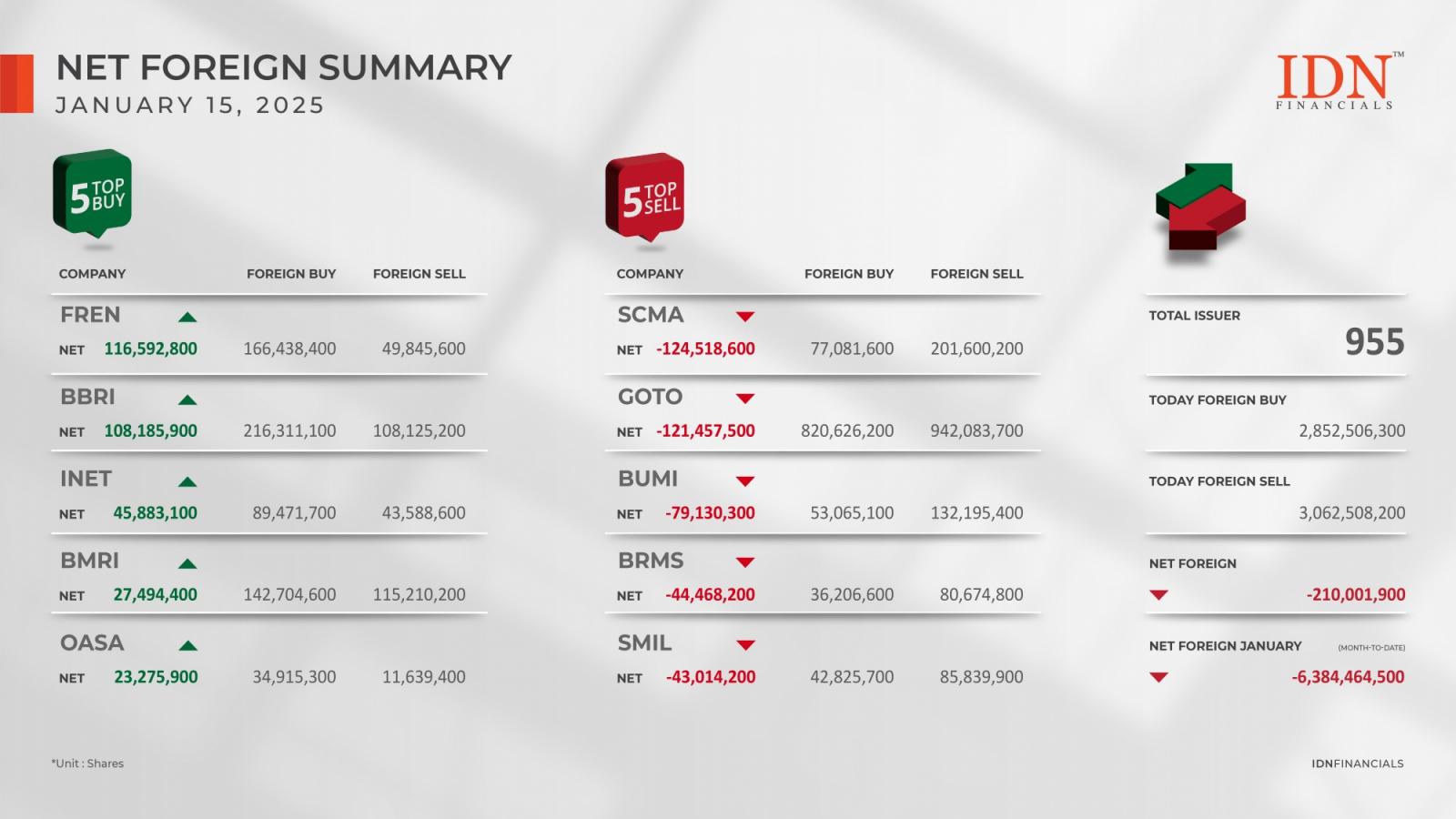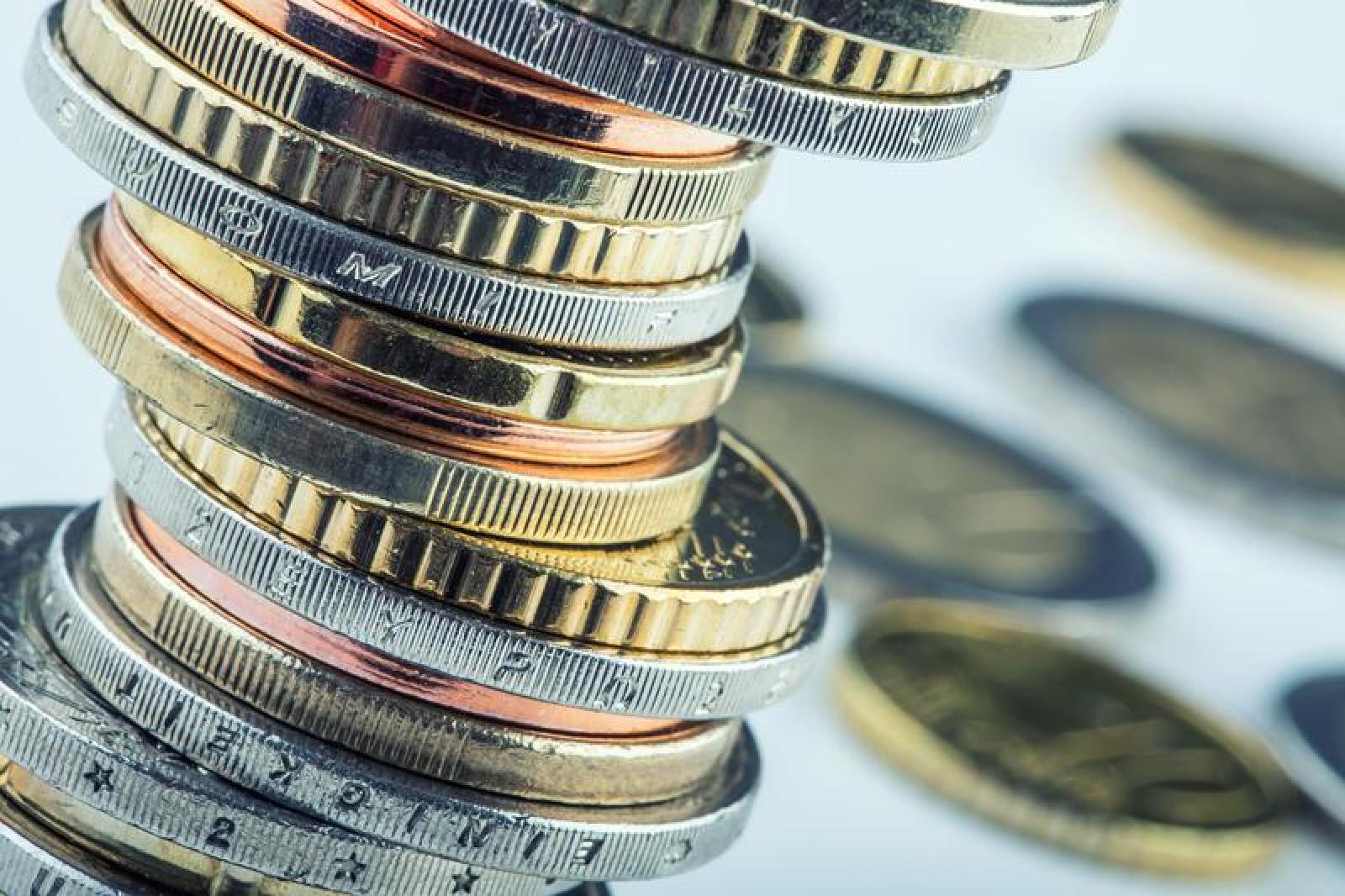
A highly anticipated report released by the Commerce Department on Friday showed U.S. consumer prices increased in line with economist estimates in the month of July, while the annual rate of price growth was unexpectedly flat.
The Commerce Department said its personal consumption expenditures (PCE) price index rose by 0.2 percent in July after inching up by 0.1 percent in June. The modest increase matched expectations.
The core PCE price index, which excludes food and energy prices, also crept up by 0.2 percent in July. The uptick matched the increase seen in June as well as economist estimates.
Meanwhile, the report said the annual rates of growth by the PCE price index and the core PCE price index were both unchanged at 2.5 percent and 2.6 percent, respectively.
Economists had expected the year-over-year growth by both the PCE price index and the core PCE price index to tick up by 0.1 percentage point.
While prices for goods edged down by less than 0.1 percent compared to the same month a year ago, prices for services surged by 3.7 percent.
Not that it is a surprise after a benign CPI and PPI, but these are Fed-friendly numbers, supportive of the FOMCs decision to start easing at the next meeting, said FHN Financial Chief Economist Chris Low.
The readings on inflation, which are said to be preferred by the Federal Reserve, were included in the Commerce Departments report on personal income and spending.
The report said personal income increased by 0.3 percent in July after rising by 0.2 percent in June. Economists had expected income to rise by another 0.2 percent.
Disposable personal income, or personal income less personal current taxes, also rose by 0.3 percent in July after inching up by 0.1 percent in June.
The Commerce Department also said personal spending climbed by 0.5 percent in July after increasing by 0.3 percent in June, in line with economist estimates.
Excluding price changes, personal spending increased by 0.4 percent in July after rising by 0.3 percent in June.
With spending rising by more than income, personal saving as a percentage of disposable personal fell to 2.9 percent in July from 3.1 percent in June.





